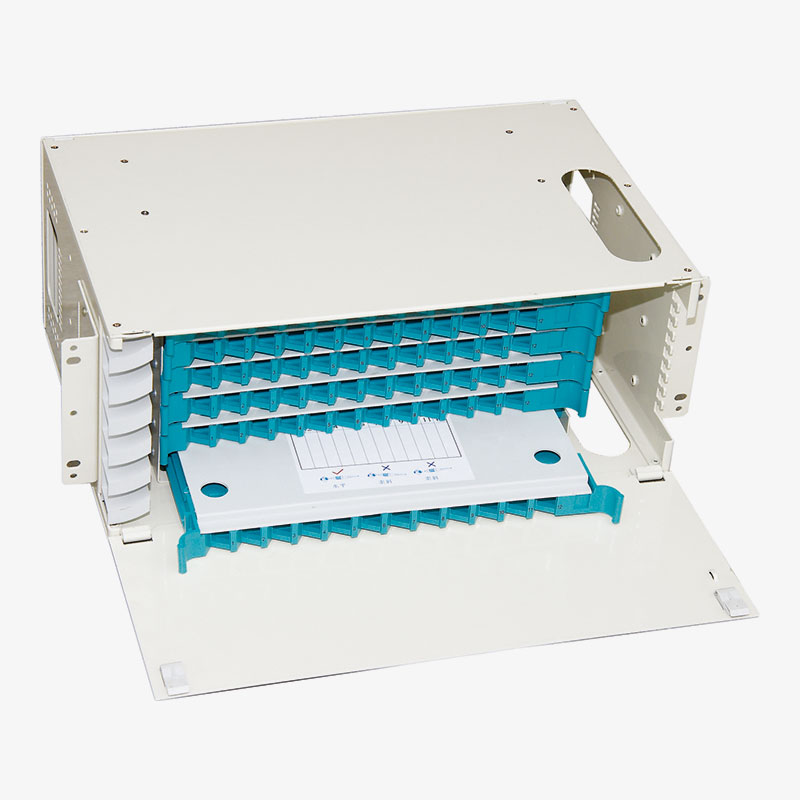In today's rapidly evolving digital landscape, efficient communication and data transfer are essential for businesses and organizations. To ensure seamless connectivity and high-speed data transmission, the role of advanced networking components like the Fiber Optic Patch Panel with integrated cassette cannot be understated. This innovative solution has revolutionized the way fiber optic connections are managed, providing enhanced organization, accessibility, and performance within network infrastructures.
At its core, the Fiber Optic Patch Panel with integrated cassette serves as a hub for fiber optic cables, enabling seamless termination, routing, and management of connections. Its primary function lies in simplifying the intricate task of handling numerous fiber optic cables, contributing to optimal network performance and streamlined maintenance procedures.
One of the key functions of this technology is cable termination. Integrated cassettes within the patch panel house adapter plates and connectors that ensure precise alignment and minimal signal loss. This secure termination process enhances data transmission reliability, reducing potential disruptions in critical operations. Additionally, the integration of these components offers a more organized and efficient solution compared to traditional methods, as cables are neatly organized and shielded from potential damage.
A crucial aspect of the Fiber Optic Patch Panel with integrated cassette is its role in connection management. By centralizing the network's connections in a single location, this solution simplifies the complex task of routing fiber optic cables. The integrated cassette's design allows for orderly cable routing and strain relief, optimizing signal integrity. As network technicians work to establish and maintain connections, this streamlined approach minimizes errors and reduces the risk of cable congestion.
The integrated cassette's versatility plays a pivotal role in network flexibility and scalability. With its modular design, network administrators can easily add or remove cassettes as the organization's requirements evolve. This adaptability ensures that the network infrastructure remains responsive to changing demands, effectively future-proofing investments.
Maintenance and troubleshooting are simplified with the Fiber Optic Patch Panel's integrated cassette. Technicians can swiftly access and inspect connections by removing the cassette, ensuring minimal disruption to the network. This accessibility accelerates problem identification and resolution, leading to faster network recovery times and minimized downtime.
The efficiency gains provided by the Fiber Optic Patch Panel with integrated cassette extend to its space-saving attributes. Especially relevant in compact environments like data centers, this technology reduces the physical space needed for cable management. This, in turn, contributes to improved airflow and temperature regulation within networking infrastructure.
Importantly, this innovative solution significantly reduces signal loss. By ensuring proper alignment and meticulous cable management, the integrated cassette maintains optimal signal strength and quality throughout the network. The protection offered against dust, dirt, and physical damage further contributes to uninterrupted data transmission.
In conclusion, the Fiber Optic Patch Panel with integrated cassette is a cornerstone of modern fiber optic network management. Its multifaceted functions, including cable termination, connection management, and flexibility, work together to enhance the overall efficiency and performance of networking infrastructures. By embracing this technology, businesses and organizations can look forward to improved data transmission reliability, streamlined maintenance procedures, and a more future-responsive network framework.
